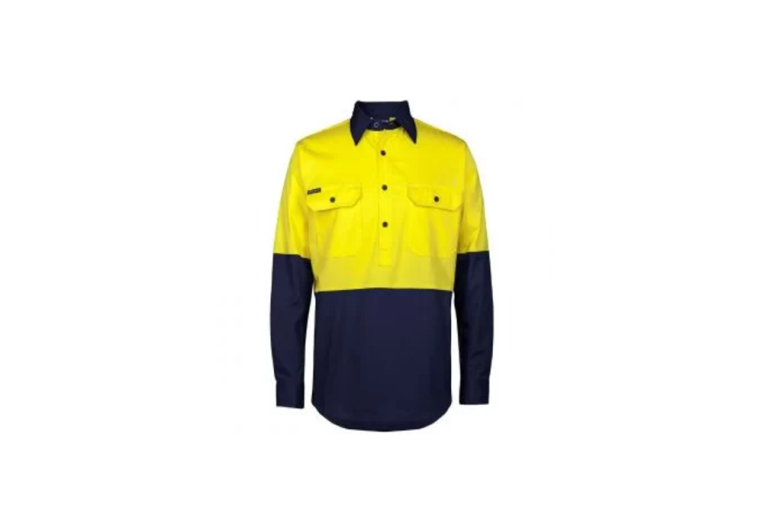Have you recently decided to upgrade your employee uniforms? Fortunately, there are an extensive range of options out there. That said, you may already be considering a simple shirt style but may just be wondering whether you should have your company logo embroidered or printed on. Is there a difference?
Many business owners are opting for the custom embroidery Sydney workers are boasting on their uniforms. However, others prefer the simplicity of a printed t-shirt. Keep reading as we delve into how these two options compare.
Embroidered vs Printed Workwear
Employee workwear is one of the most efficient ways to create brand awareness. This is especially the case if your employees are constantly dealing with current and potential customers. The real question is, how will your logo look printed versus an embroidered version? What does this mean in terms of durability and customization? Let’s find out.
1. Understanding How Each Method Works
To make the most informed decision, you will have to have a clear idea of how printing differs from embroidery.
Printing
On clothing, printing is usually done in one of two ways: Vinyl or screen printing. Here’s how they compare.
- Vinyl print: In this process, an image is created on a roll of vinyl. The image is then peeled off and heat-pressed onto the clothing. A huge plus of the vinyl process is that it works really well for small-quantity orders. It’s also a great way to enhance bold colours in big designs. The only snag with this type of printing is that it can only be done on certain types of materials.
- Screen print: For this process, ink is applied to a custom-designed stencil. So, here, the stencil will be created in the shape of your business slogan or logo. Ink is then applied to the stencil as it lies on the material. Once this is done, the material is left to dry. Screen printing is an efficient option for large quantities of t-shirts, especially if you want to use specific t-shirts for promotional or charity events. It’s a good idea to get your sales team to wear these types of t-shirts if you’re having a sale or a team event.
Embroidery
As the name suggests, embroidery refers to the process where your logo, slogan or chosen image is stitched onto the shirt, polo neck or jacket. Typically this stitching is done on the top left or right side of the shirt or jacket. This option is a popular choice for workwear that’s worn daily as it may be more durable than the printed version. Many business owners opt for this option when their staff wear polo or formal shirts.
2. Can These Options Be Customized?
While most company owners prefer the simplicity of adding their logo or slogan to a t-shirt and leaving it at that, you may be considering a more unique approach. Can you customize your employee workwear?
The good news is that you can customize your workwear in a wide variety of ways. It also means that you don’t have to be bound to either a printing or embroidery option.
It’s not uncommon for business owners to use the embroidery option for formal jackets, shirts and polo shirts that are worn during regular working hours. Printing options are more popular for one-off events where you want to promote a specific promotional event.
Another common approach to consider is having your company logo printed on your company merchandise. This is not only a great way to create brand awareness but also keeps your brand active in your customer’s minds.
3. Durability
Obviously, you’ll want a durable and long lasting option, especially if your staff will be wearing these clothing items every day. Quality stitching and printing have the potential to last a considerably long time if done correctly and maintained.
Here’s what you need to keep in mind:
- Choose a professional company with a proven track record to do the printing or embroidery. Discuss uniform expectations with them and be open to their recommendations.
- Opt for the right type of fabric. In this instance choosing a cheap material may not add value in the long term. Ask the printing company to suggest the best fabric for each option. In some instances, they provide the actual garments to ensure that the stitching and embroidery adhere to the material.
- The garments should be cleaned correctly and avoid using harsh chemicals, especially on the printing options.
- It’s a good idea to give each employee more than one shirt if they’re going to be wearing them every day. This will reduce the wear and tear on each shirt.
Final Thoughts
Any business that works with customers, the general public or just wants to get their name out there should strongly consider opting for branded workwear. In addition to boosting your brand awareness, these types of uniforms also create a professional image for your business. Whether you’re going to opt for printing, embroidery or a combination of both, adding your logo is well worth the investment!

